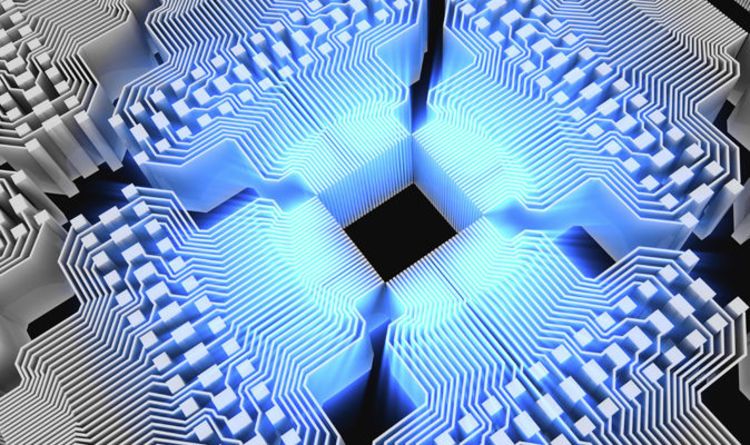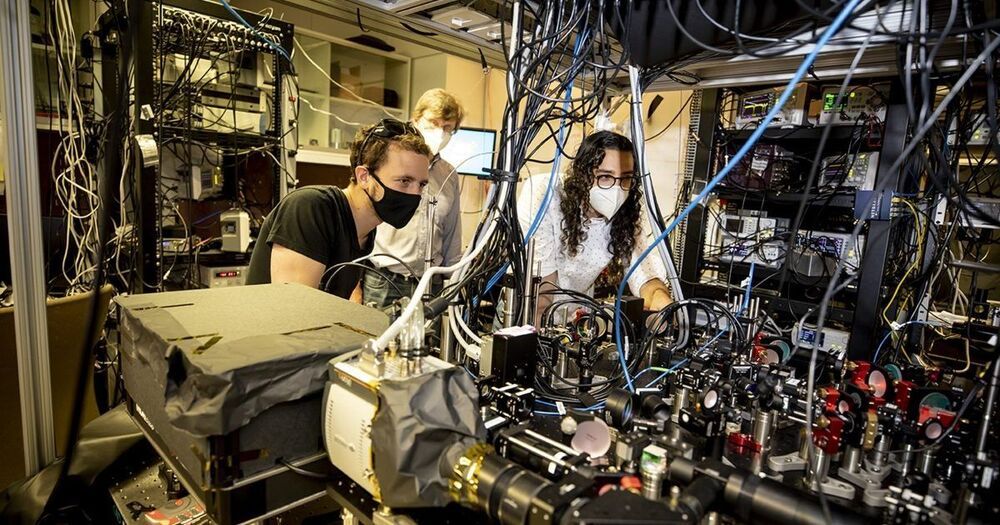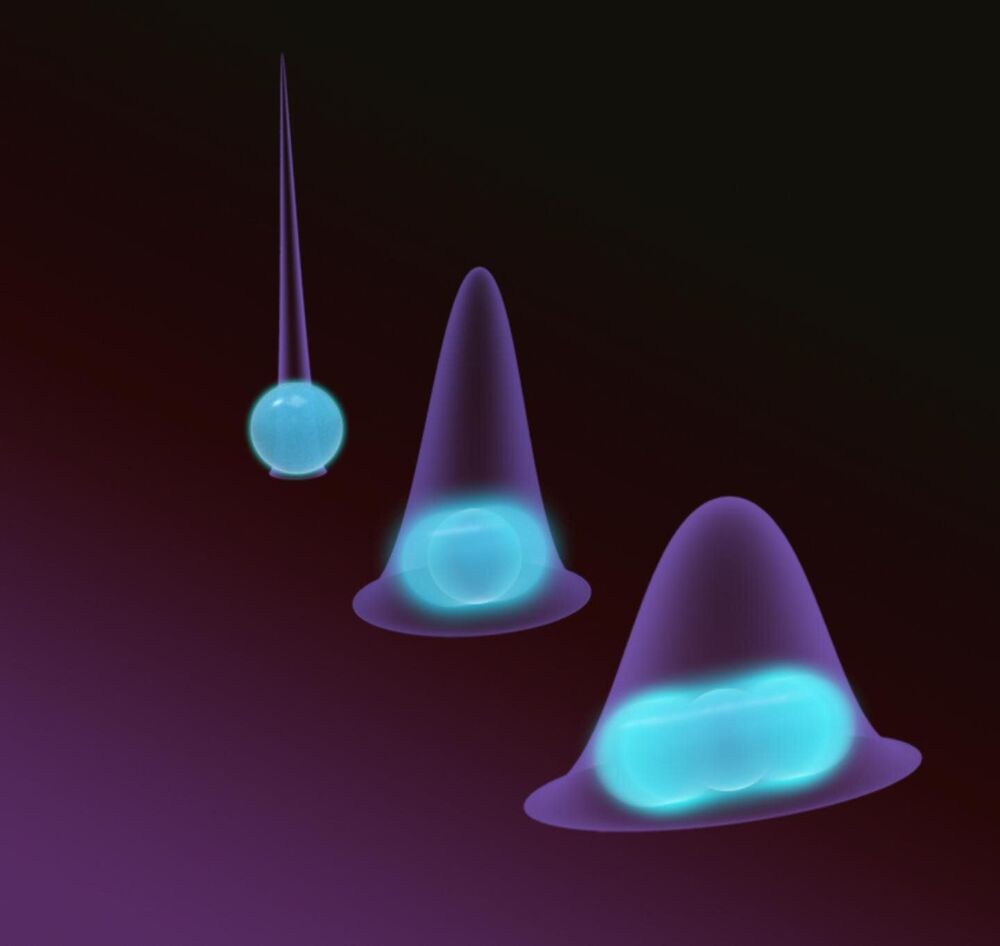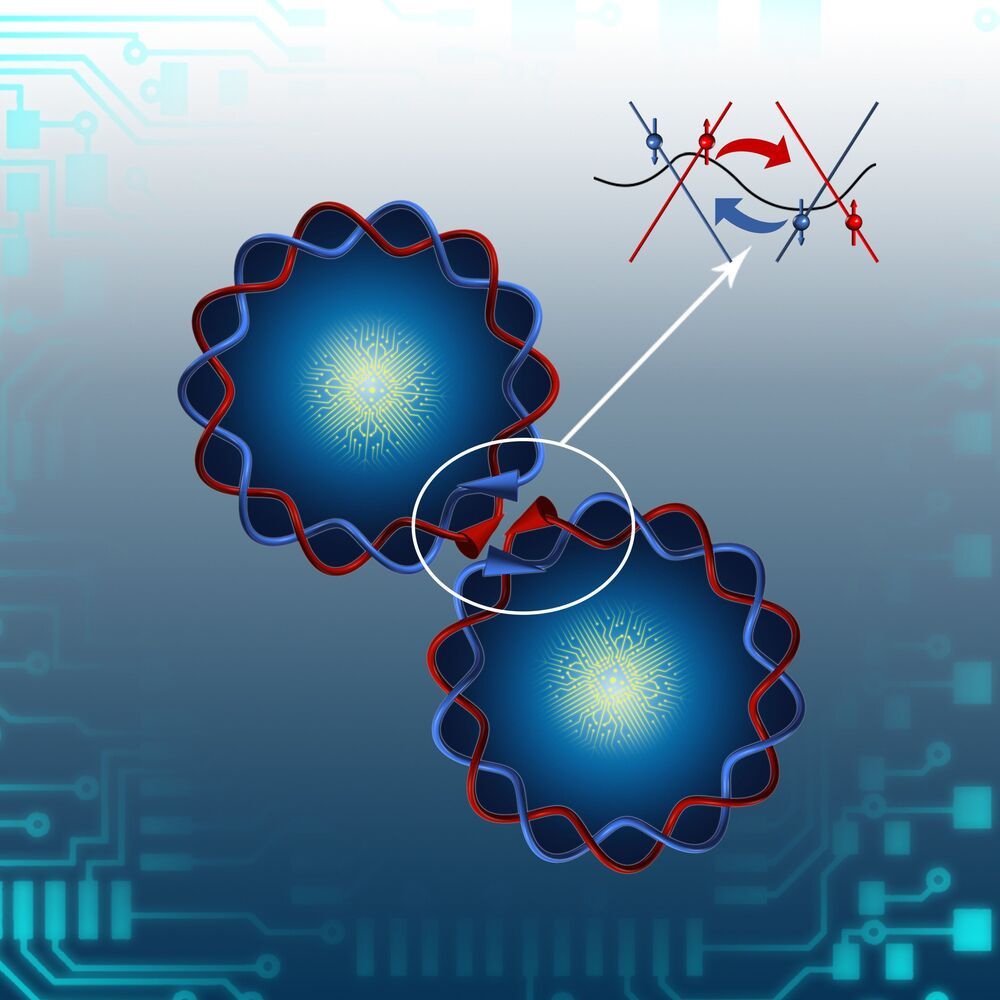Circa 2014
Physicists have verified a key prediction of Albert Einstein’s special theory of relativity with unprecedented accuracy. Experiments at a particle accelerator in Germany confirm that time moves slower for a moving clock than for a stationary one.
The work is the most stringent test yet of this ‘time-dilation’ effect, which Einstein predicted. One of the consequences of this effect is that a person travelling in a high-speed rocket would age more slowly than people back on Earth.
Few scientists doubt that Einstein was right. But the mathematics describing the time-dilation effect are “fundamental to all physical theories”, says Thomas Udem, a physicist at the Max Planck Institute for Quantum Optics in Garching, Germany, who was not involved in the research. “It is of utmost importance to verify it with the best possible accuracy.”









